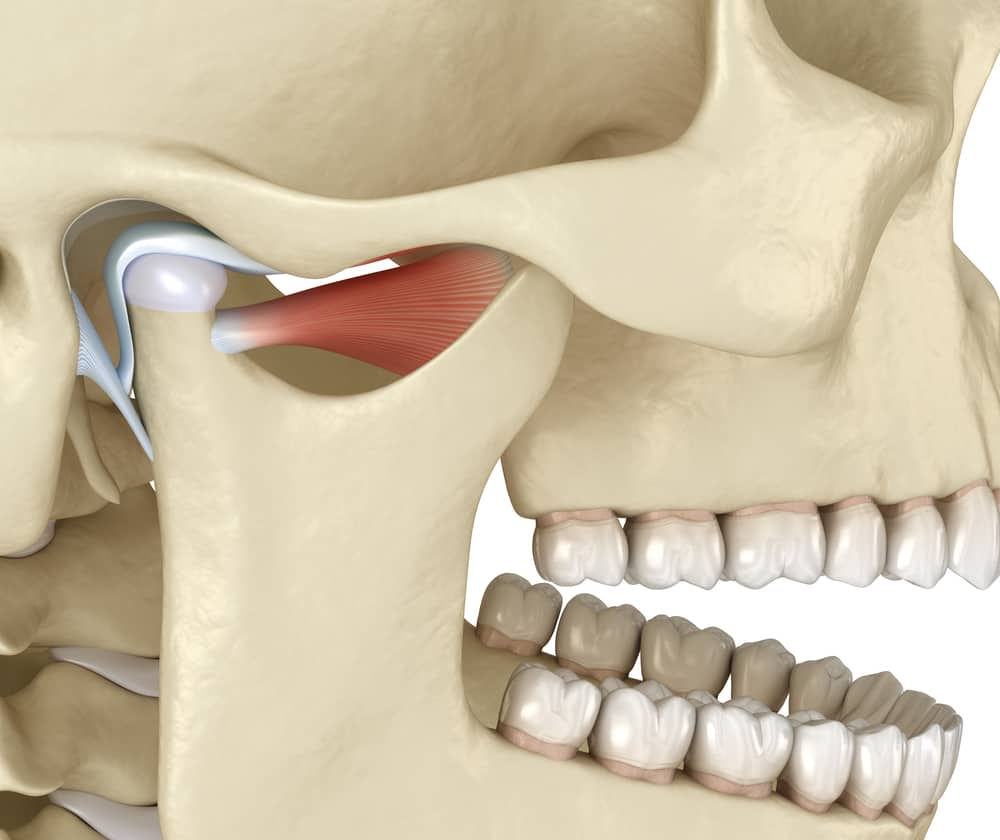What is Temporomandibular
Joint (TMJ) Disorder
The temporomandibular joint is the hinge-type joint that is located in front of your ear, and it joins your jaw bone to the base of your skull. Dysfunction in this joint affects your ability to move your jaw, eat and speak.

Treatment and Cure for TMJ Disorder
Over the longer term, there are a number of complications that could arise. It could result in chipped and broken teeth, which can be costly to fix. You may also experience continued headaches, jaw and neck pain.
Treatment for TMJ Disorder depends on the cause of the condition. It may be one of several factors including clenching and grinding, stress and misaligned teeth. Mona Vale Dental understands the importance of identifying the underlying cause of the TMJ Disorder. We have a number of investigations and treatment options to help you reach a satifactory outcome.
A minimally-invasive injection into the jaw provides relief from symptoms of TMJ. the entire procedure takes less than 30 minutes, and has no recovery time.

FAQs for TMJ Disorder
This depends on the underlying cause of the joint problem. For example, if pain is caused by teeth grinding, a nightguard may be a suitable solution to protect your teeth and reduce the need for restorative dental work.
TMJ Disorder is diagnosed through a thorough consultation with the team at Mona Vale Dental. First, your medical history will give clues as to how well your symptoms correlate with TMJ disorder. Secondly, an examination of your mouth and jaw can reveal further features of the condition. Finally, the dentist may request further imaging such as a CBCT scan to confirm the diagnosis. We may perform a digital analysis of your bite to discover the position and intensity of any bite issues.
This is very dependent on the individual patient and the underlying reason for their TMJ Disorder. Treatment may include one or many of the following: medication
- nightguards / occlusal splint
- orthodontics
- injection of Botox into the Masseter muscle

